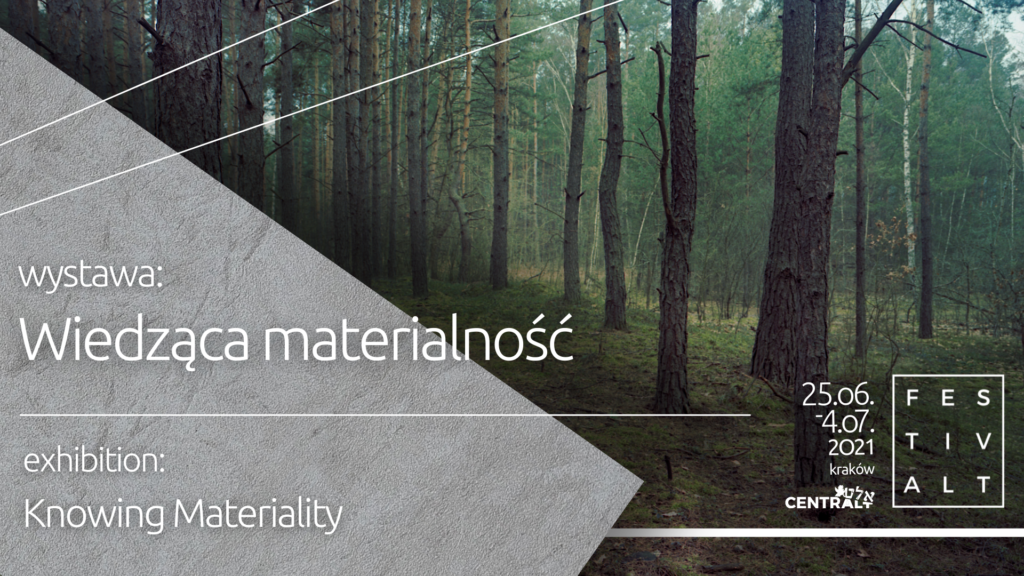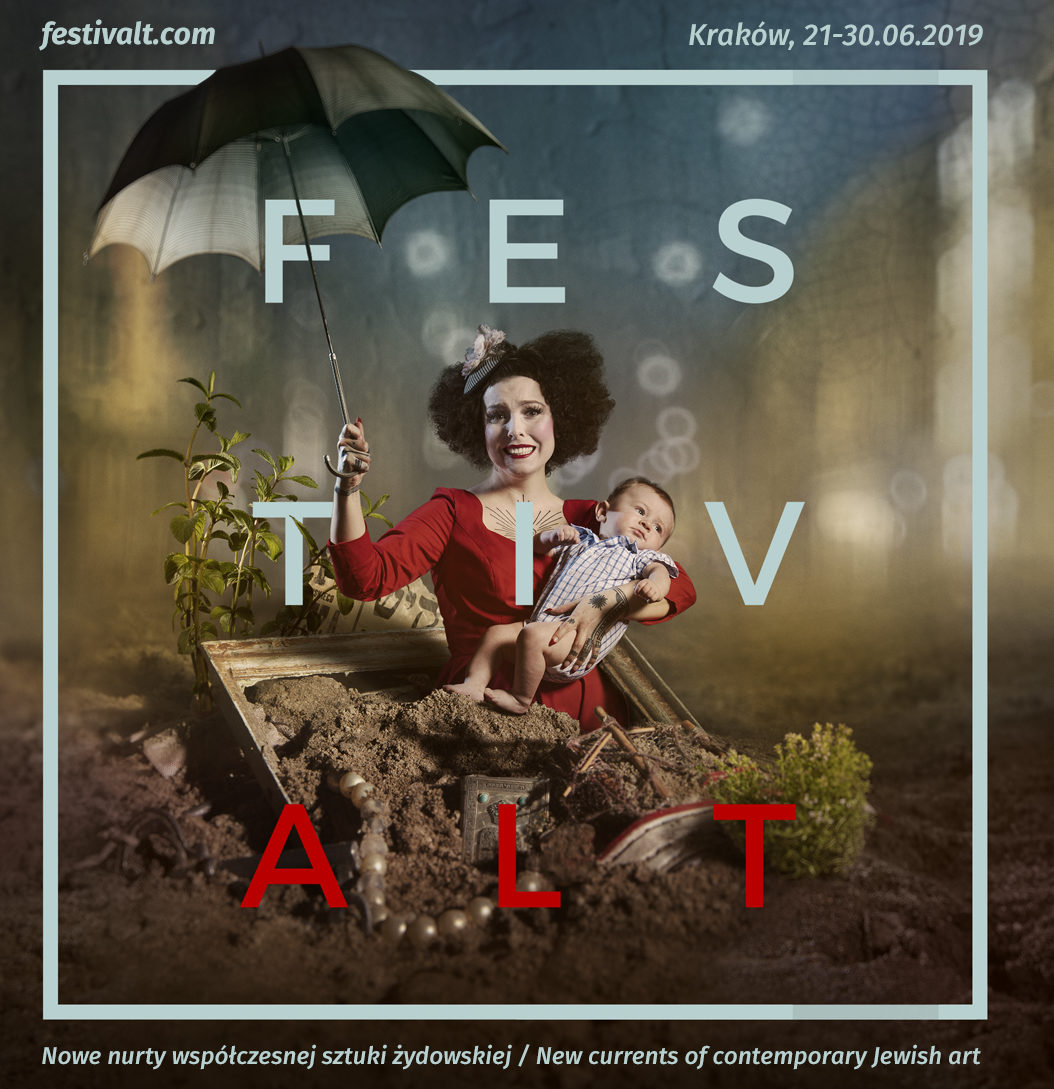
The rise in awareness of human impact on the environment and the emergence of a new paradigm in the humanities, which can be described as ecological humanities, drew attention to nature as an actor, witness, evidence and archive, which can be an important source of knowledge for those studying the past—including genocidal violence. Researchers of past violence are studying the landscape of the so-called non-sites of memory (places of significance that have not been commemorated or marked), discovering that seemingly empty places are in fact full of traces of events from years ago. In place of the discourse privileging the inexpressible, a new language emerges which draws attention to what is material, and sometimes also—like plants—alive, even in the spaces where supposedly there is nothing. At the same time, new technical possibilities and related research methods have opened the field for non-invasive archeology providing digital data on archived knowledge in the landscape.
This knowledge is also of interest to artists who come to these places somewhat “late”, looking for traces of past violence in living vegetation or discontinuities and anomalies in space—both those visible to the naked eye and those readable only by experts. Contemporary artistic and research practices challenge the radical separation of science and art as separate ways of relating to the world. Artists—with their tools—often contribute significantly to deepening the understanding of the phenomena that researchers deal with. The exhibition presents works by artists who track and document the traces of the Holocaust in the surrounding landscape, working with materiality present in places that seem empty and exposing tensions between what is visible and hidden.
Artistic research, combined with a change in ways of thinking about and researching past violence, as well as the development of new tools, raises questions about the future of these places. If we treat nature as a material witness, should we interfere with it in ways typical of our existing institutions of memory (i.e. museums)? Is it possible to develop new strategies for commemorating these material traces of violence archived in our landscapes—forests, fields, meadows—that do not entail their radical transformation and colonization (cutting trees, introducing new, foreign materials, expanding infrastructure that permanently transforms the character of the place)? Finally, how can the data and knowledge contained in the landscape be visualized in a way that is inclusive and accessible to everyone?
The exhibition is part of the project “Forensic art: the art of those who come later”, carried out by the Zapomniane Foundation thanks to funding from the German Embassy in Warsaw. It is also a continuation of the project “Speculative cartographies”, financed by the Canada Council for the Arts conducted in cooperation with Biennale Warszawa; as well as the project “Uncommemorated Genocide Sites and Their Impact on Collective Memory, Cultural Identity, Ethical Attitudes and Intercultural Relations in Contemporary Poland”, conducted by the Research Center for Memory Cultures at the Jagiellonian University; as well as the project “Medicinal Plants of Płaszów” carried out by FestivALT since 2019.
curator: Aleksandra Janus
partner: Research Center for Memory Cultures, Jagiellonian University
Date: Sunday, June 27, 2021
Time: 19:30
Location: RE:Kultura, 13/2-3 Krakowska St.
This event is part of FestivALT’s 5th edition programme!
Join us!
Facebook Event -> Click HERE!
Financing: German Embassy in Warsaw.
The project is a continuation of activities supported by the Canada Council for the Arts.
The project was carried out in cooperation with Allianz Kulturstiftung.
